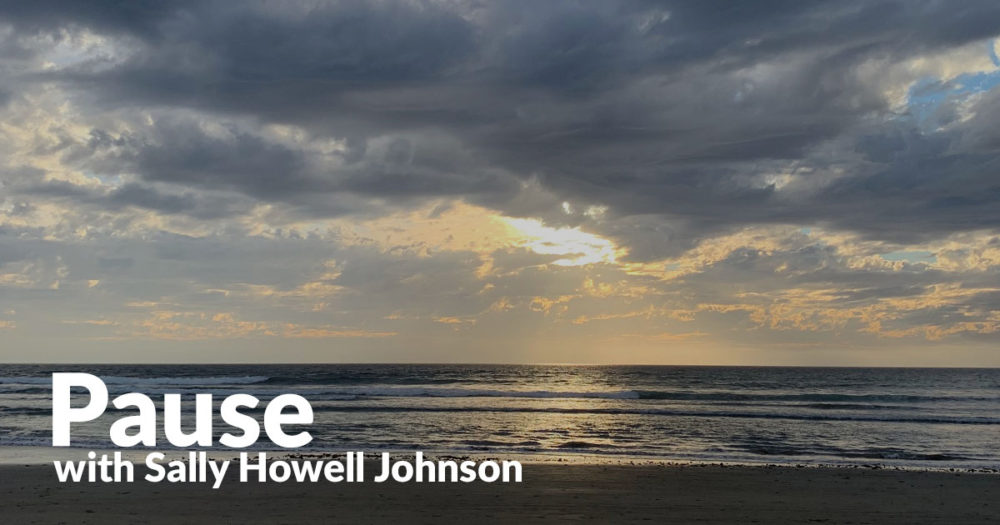It seems that sometimes we walk a path acutely aware of those who have passed this way before. Those of us who have lost a loved one will move into a room and some smell, some sense within the room reminds us of that one who was once quite visible at our side. A certain food that arrives on our plate can stir the memory of the one who so enjoyed it. For me it is pie. My father was a lover of pie and I never eat it without thinking of the sweet spirit that he was and I enjoy the eating even more because I feel as if I am sharing it with him.
Our days here in Ireland have been filled with knowing that we walk among the saints of those who have gone on before. To walk land whose memory is so long, so deep is a powerful and humbling experience. To place one foot in front of the other on ground that has been toiled and built for the purpose of continuing a faith story older than Christianity, places a person on hallowed soil and in a place between times. I have felt this over and over……as if I was suspended between the visible and invisible worlds.
Of course, the Celts called this experience a thin place. A thin place is a one in which heaven and earth are so near you can almost touch them. It is the experience of knowing, a deep knowing, that we walk among those who have gone before and those who are yet to be. To experience a thin place takes a certain presence to the here and now. It takes a certain letting go of all the little details and whirligigs that most days are the food of our thoughts.
In his book The Art of Pilgrimage, Phil Cousineau offers these words of the German poet Rainer Maria Rilke:” Suddenly one has the right eyes.” And so it has been. For many of these pilgrims with whom I have been traveling, there have been many experiences of ‘right eyes’. Some are aware of it in this moment and others will know it upon on their return. When the dust settles and the bags are unpacked, they will have a feeling, a sense that will come over them and they will remember. A valley. A mountain. A gravestone. A church. A face. A smell. And the veil between heaven and earth will seem permeable.
An impression I have had over and over is how the Irish people live with this sense of the depth of time all along. Perhaps it is because they can look out a window or walk down most roads and see the past so firmly planted in the landscape around them. They can speak the name of St. Kieran or St. Patrick or St. Brigid as if they were a distant relative they simply haven’t seen since the last holiday. Speaking the name of one of these ancients is often included in the greeting of hello. Over the days here I have come to wonder if this connection to all those that have gone before leads to their unceasingly pleasant outlook and happy spirits.
We have now arrived in Glendalough, the place of the two lakes. It has long been a place where pilgrims have traveled to visit the monastery of St. Kevin. Last night after we arrived I walked a few short feet from our lovely, old hotel which is situated next to one of the clearest streams of water I have ever seen, over to the cemetery and ruins that we will visit and learn of today. Moving through the green grass and towering trees I breathed in the clear air of the Wicklow mountains. The mist was just beginning to move in to settle over the valley where, for a few days, we will make our home. I moved from stone to stone reading the names of those remembered by family and now by those who never knew them. Saying their names softly under my breath I was suspended on the Great Breath and knew I was not alone.


Thank you Sally, I felt I was there with you as I read this. It was like a virtual vacation.
Art